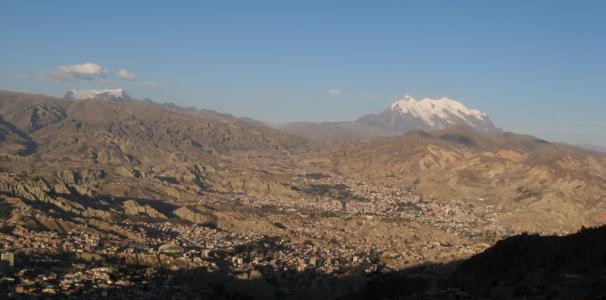Bolivia is a diverse country both geographically and ethnically. It is home to several important environmental water sources including Lake Titicaca, the world’s highest navigable lake, and the Amazon Basin. The Andes Mountains run through Western Bolivia with their central highland plateau, known as the Altiplano, while the lowland plains of the Amazon Basin dominate the northeastern part of the country. The rainy season generally runs from December through March, with a longer season east of the Andes. Bolivia is susceptible to major flooding, which can create health problems from increased water related diseases. Bolivia is also one of the poorest countries in the Western Hemisphere with the highest proportion of indigenous people. The need for water education, and specifically hygiene and sanitation education, is greatly needed throughout Bolivia.






